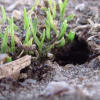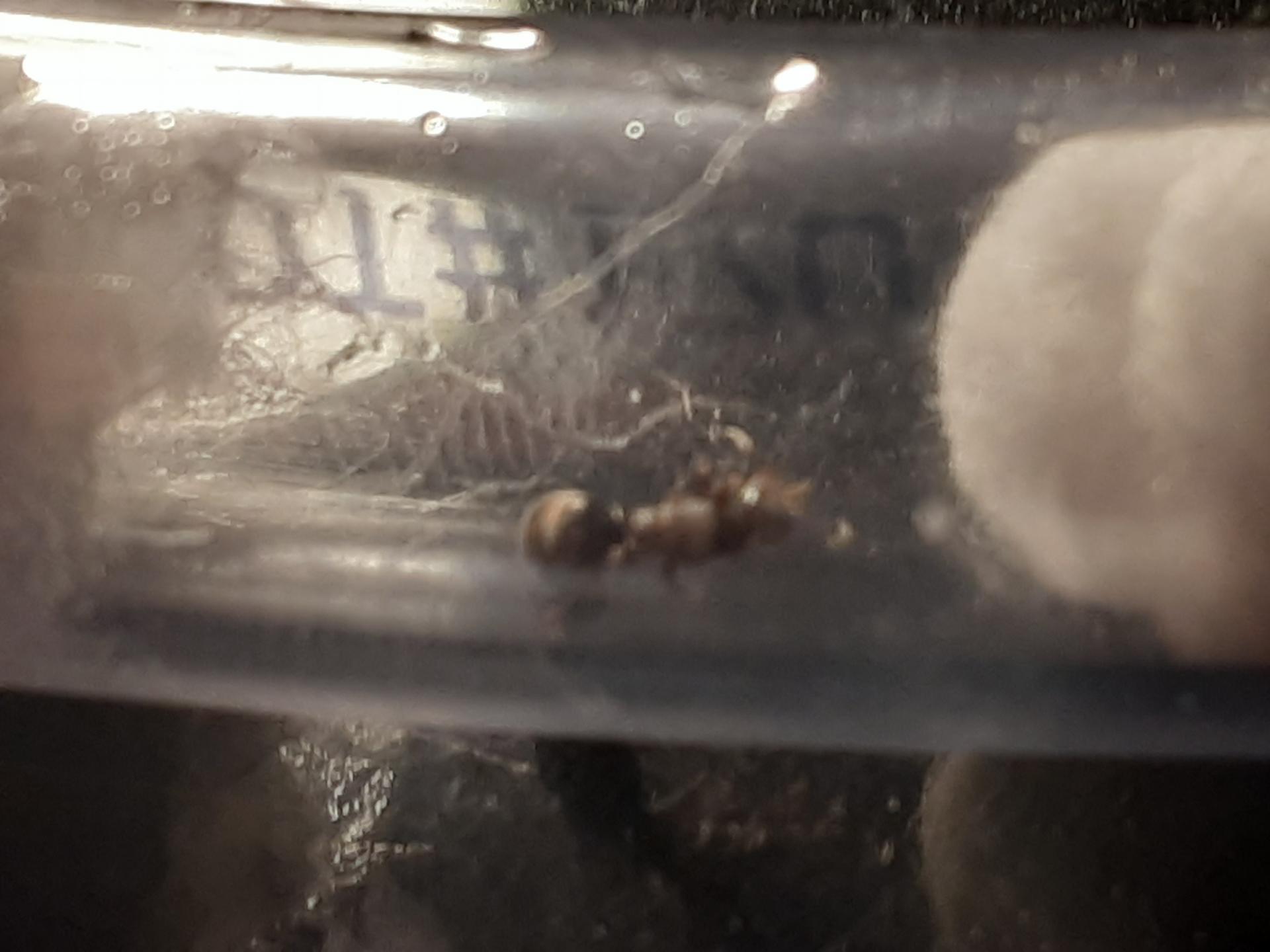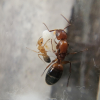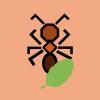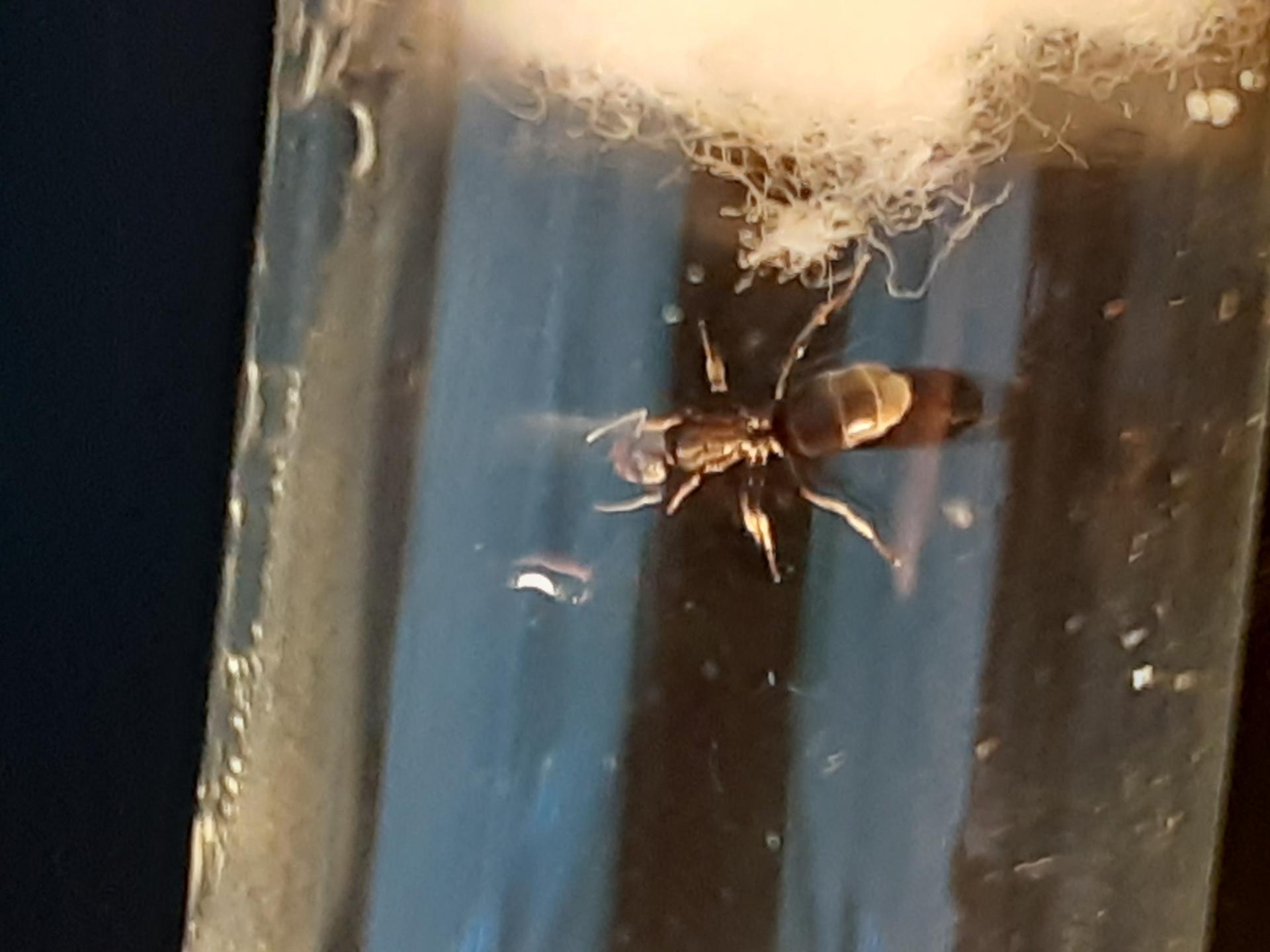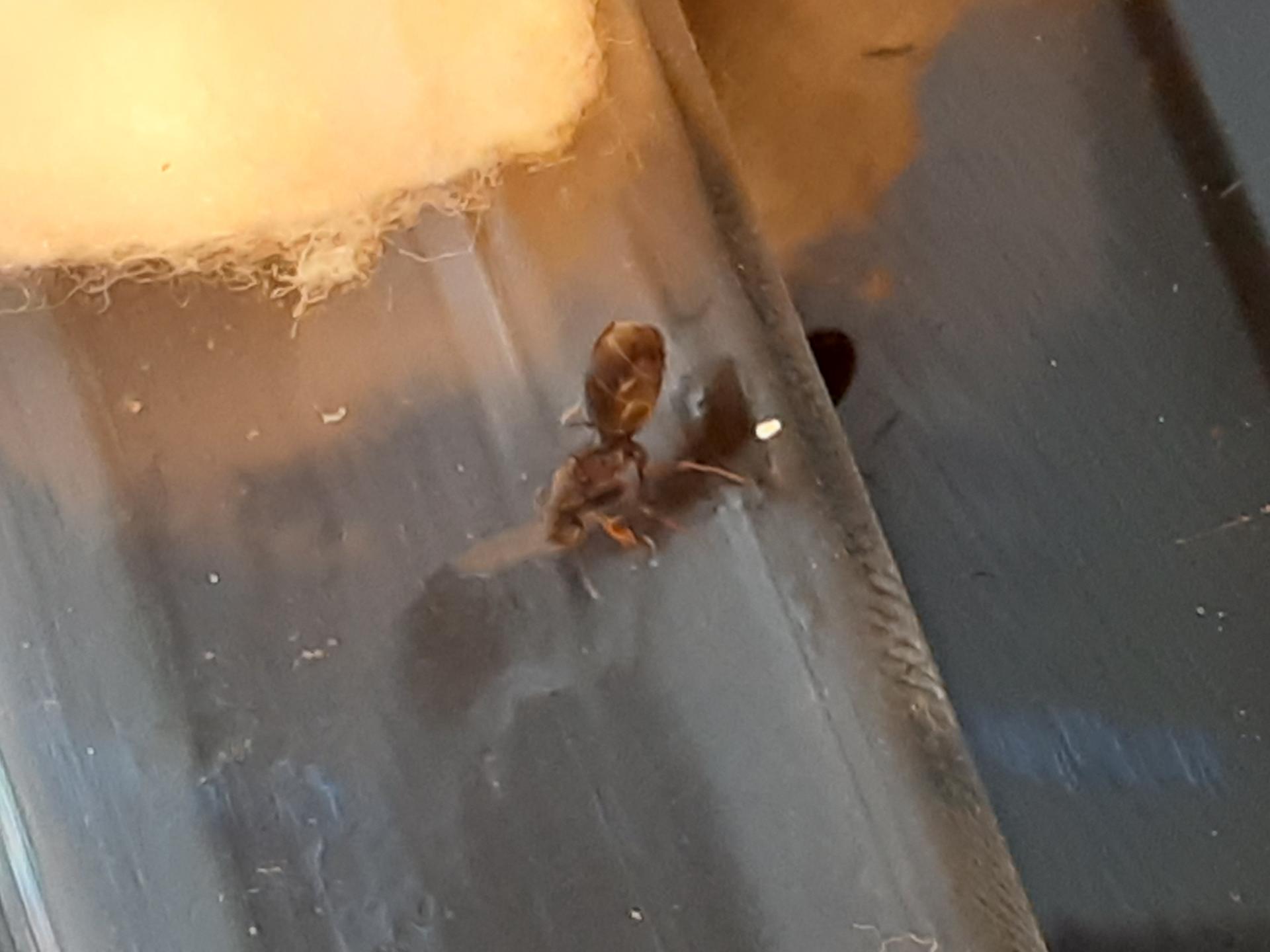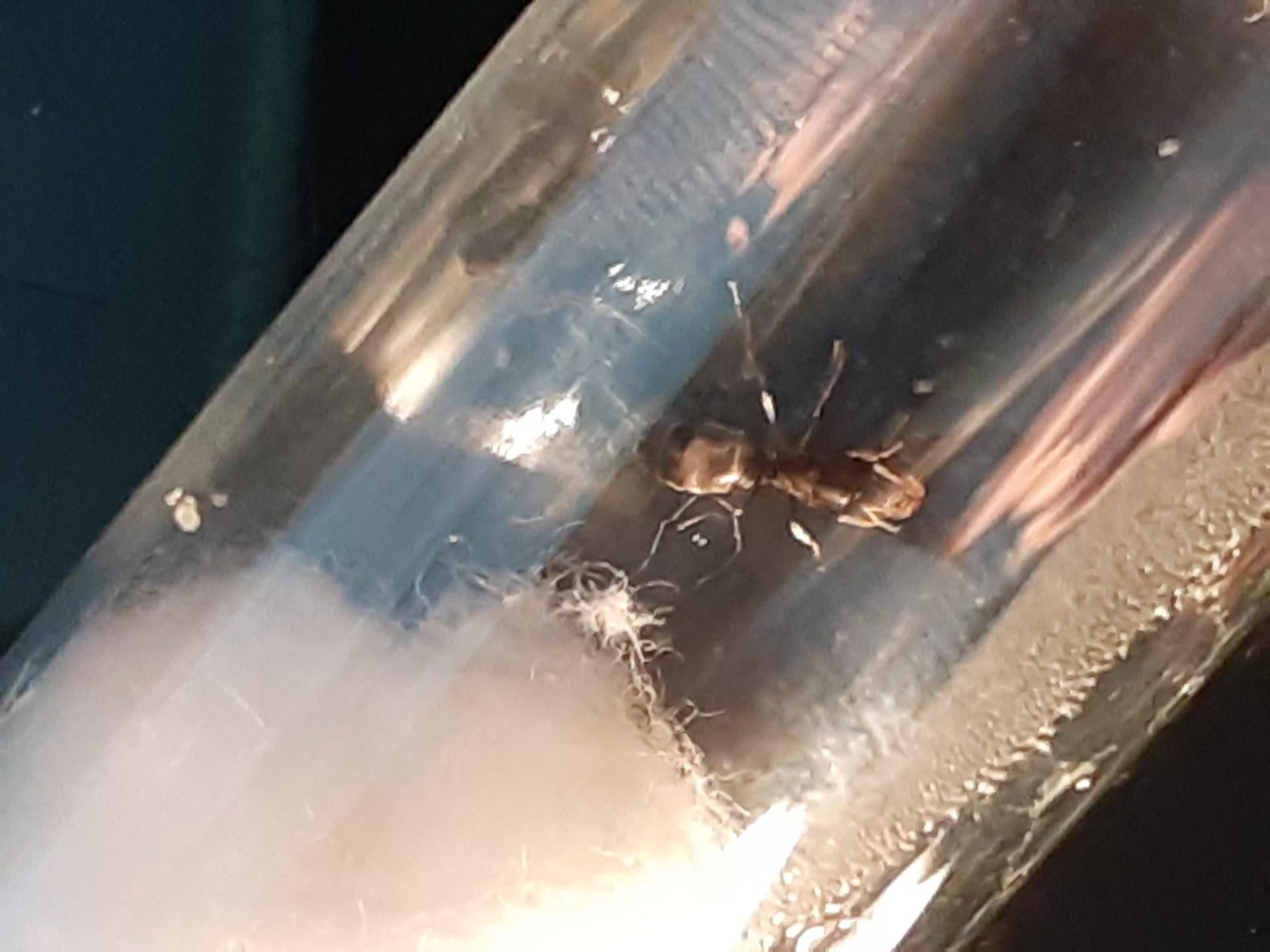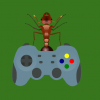I’m actually not too sure it’s Lasius niger. Lasius neoniger is the closet Lasius species, but the head shape does not match. I would say Dorymyrmex sp. but if you look at google images of Dorymyrmex you will find that the head width is almost always smaller than the width of the gaster, but with this queen the head is the same width as the start of the gaster. We really need either an approximate size or an image of a worker.
Back to looking at ants, I looked to Forelius as they look similar, but they are much too slim. Due to head size I looked at some parasites such as Polyergus, but the gaster shape looks a bit off. But then I remembered, there are parasitic Lasius too. I looked at L. umbratus and she really looks like one.
The head shape is a close match, though not identical. The head width matches the gaster, and both umbratus and the mystery queen appear to be roughly the same size.
If she is truly a Lasius umbratus queen, then she is a parasite and you will need to collect workers and brood from another Lasius colony. You should be able to go back to the one you found. Collect callows if you can, and make sure to place the ants in a cooler or refrigerator before introducing them to the queen, that way the workers will not be hostile toward your queen. Good luck!
Edited by The_Gaming-gate, March 26 2024 - 3:08 PM.


